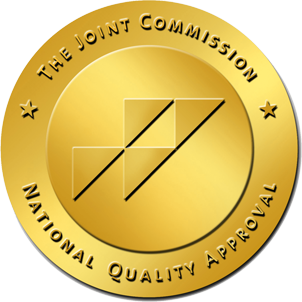Celebrity Drug Deaths in 2022 In 2022, five well-known celebrities died of drug-related causes, most of which were fentanyl …
Substance Abuse Issues in the LGBTQ+ Community
This means that treating substance abuse in someone how identifies as LGBTQ+ requires acknowledging those issues and treating the …
Continue Reading about Substance Abuse Issues in the LGBTQ+ Community
Will I Fall Behind in College if I Go to Drug Rehab?
Many of us are tempted to go “I’ll finish college and go to rehab later”. But, continued drug abuse actually reduces your chances …
Continue Reading about Will I Fall Behind in College if I Go to Drug Rehab?
How to Go to Rehab and Keep Your Job
In addition, you’ll have the option to attend rehab without quitting work – which means you’ll never have to take time off. The …










